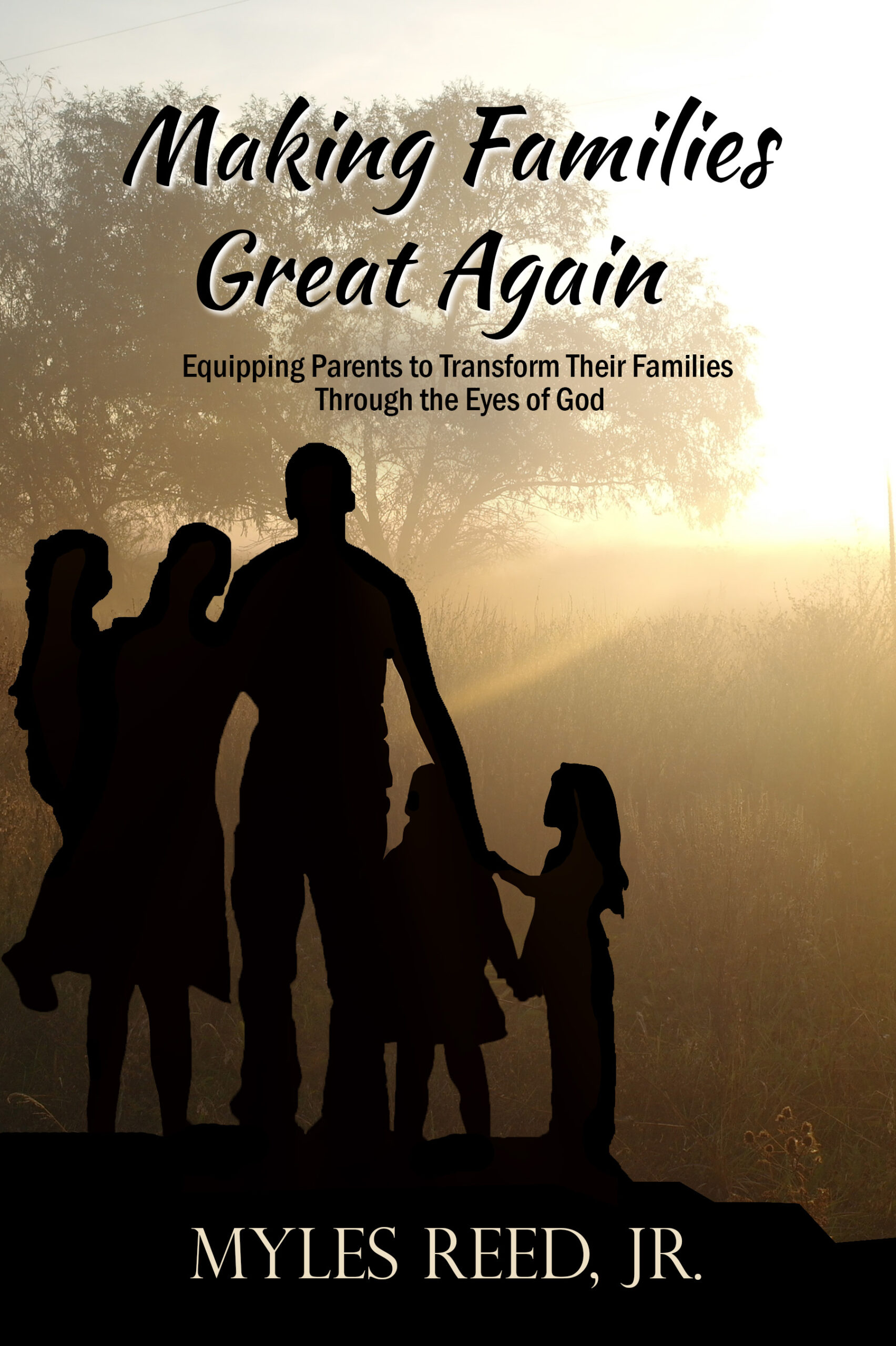Before we can find words to create a vivid picture, we must first have the picture. So we might ask what “spooky” looks like. As a mental picture forms, we can look for words that would make a better picture.
Great words from False Memory by Dean Koontz:
He sprang to his feet and stood looking down at the damn thing. He was no less shocked and spooked than he would have been if an evil sorcerer’s curse had transformed the novel into a rattlesnake.
What we might see for an improved version:
He sprang to his feet and stared at the book as if it were alive, coming after him. His scream came with no sound, the shock and terror like someone under an evil sorcerer’s curse, seeing the novel change into a rattlesnake.
Logic for making improvements:
- If he sprang to his feet, he would obviously be standing. Therefore, “stood” is redundant, and we can leave that word out.
- We already know he’s standing and the book is resting on the coffee table. We don’t need to be told he looked down. “Stared” is simpler and stronger.
- What is a “damn thing.” Shocking words don’t always create strong pictures. Since we can’t see why the book is so detestable, “damn” doesn’t say much. We do better by describing his phobia: “as if the book were alive, coming after him.”
- “He was no less” is passive. An action that shows his emotion would be better: “His scream came with no sound.”
- We can strengthen the simile defined by “like” if we remove the hypothetical “than he would have been” and connect it directly to “his terror.”
- Since we already have an evil sorcerer’s magic in mind, the simpler word “change” might take readers to the picture more quickly than the more complex word “transform.”
- So the book changed into a rattlesnake. Aaron’s rod changed into a snake, but how would the shape of a book correspond to a snake? We need to be sure readers will see it coiled, ready to strike.




 Character is a critical key to becoming a person of quality, and it starts in the home!
Character is a critical key to becoming a person of quality, and it starts in the home!